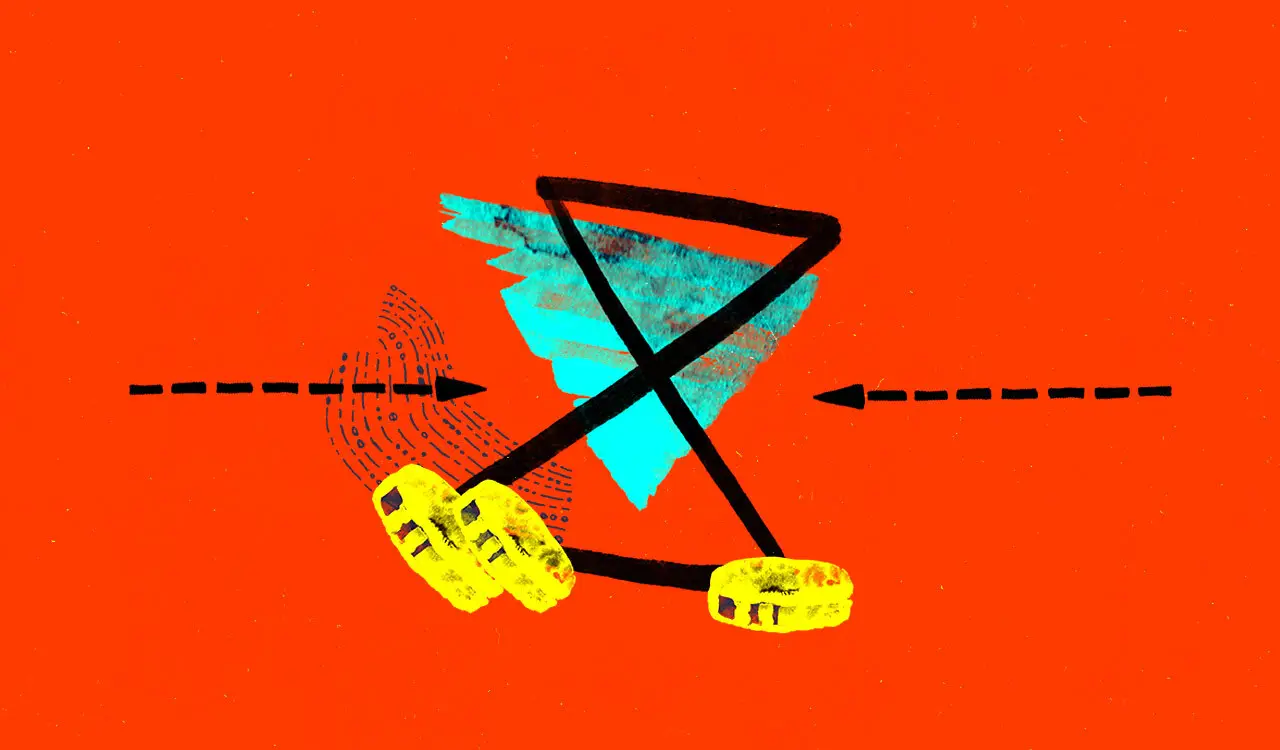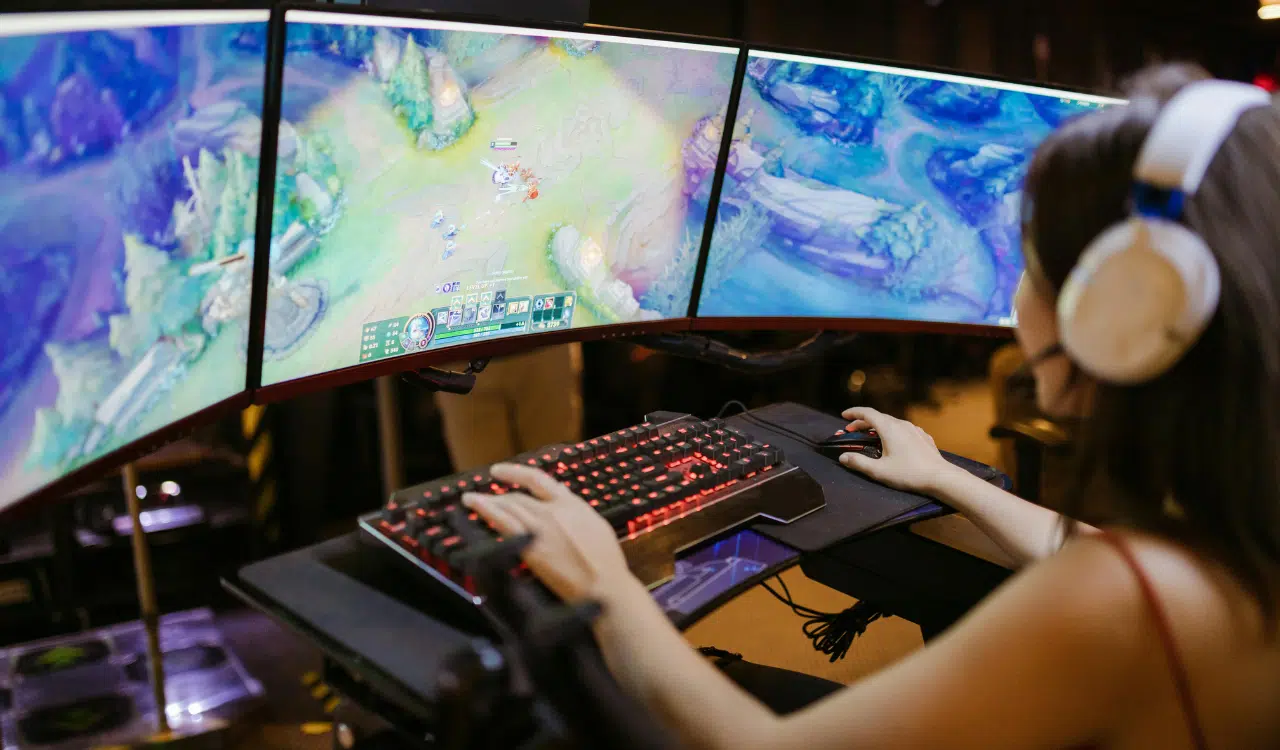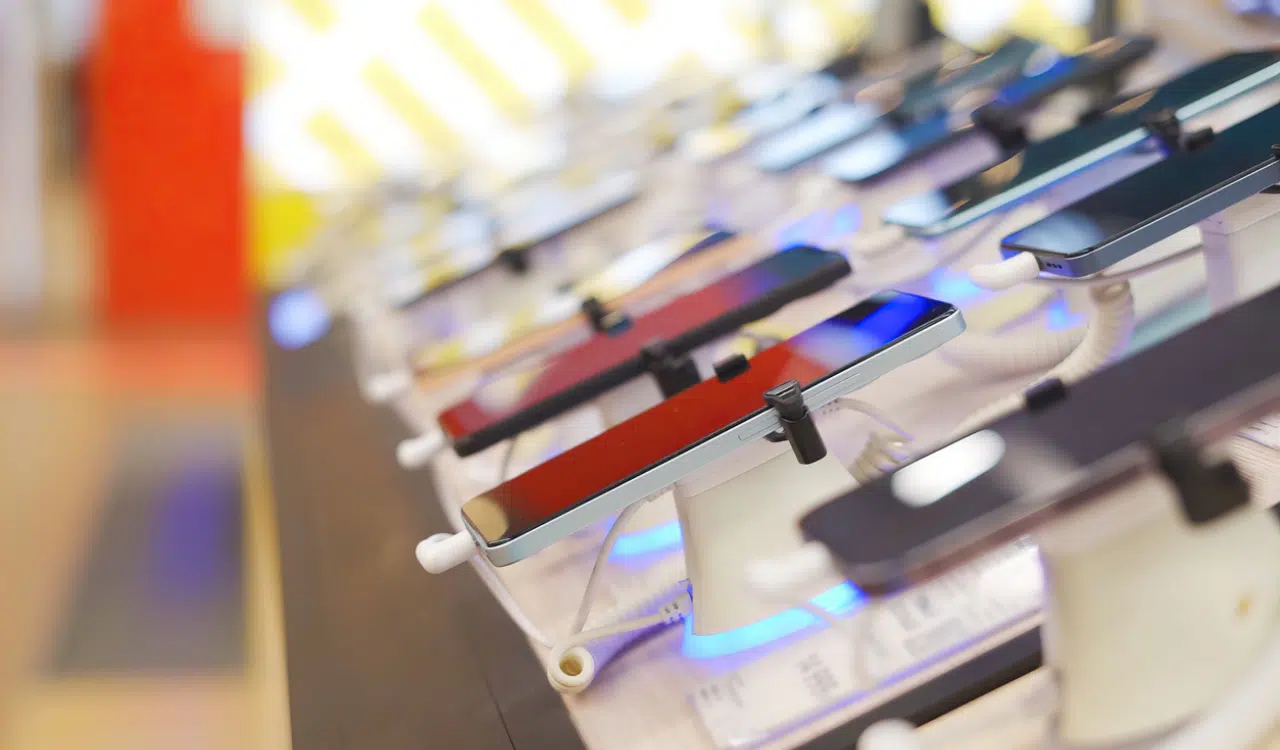These days we are living in a polarized business dichotomy: Even in the best of times, every day is a rock fight. On the good news front:
- The U.S. economy has never been better
- With target inflation in sight, the Fed avoided recession and stuck a soft landing
- Unemployment is staying steadily under four percent
- Real wage growth is up
- Real consumer spending outpacing 2023
Yes, but we are paradoxically seeing record layoffs in every sector of the economy and record store closures, from Target to Macy’s, and high-profile bankruptcies from Red Lobster to Rite Aid. The contraction (literally) is making the retail world smaller and more deliberate.
The way forward in a polarized U.S. market is nothing short of opportunistic. Big commodity brands are seeing not only expansive growth into new channels but are also working with retailers to improve product value and introduce technology to optimize their businesses and their ability to connect to consumers.
Economic Misalignment
In February of this year, Jason Draho, Head of Asset Allocation Americas at the UBS Chief Investment Office, published an almost shockingly rosy report called “The CEO Macro Briefing Book: On track for a soft landing, what’s next?” The forecast reported that the U.S. economy would slow in 2024, but only modestly, around 3.1 percent, and that Fed rate cuts would ease lending conditions, raising confidence in the economy (revised and now anticipated for Q3). It also forecasted a record amount of dry powder unlock which will be pointed toward a rebound in M&A deals leading to a new Roaring 20s. The report also predicted consumer spending should remain healthy, even with labor demand cooling. There will be lower supply growth relative to the past two years which should keep the labor market from getting too loose. And finally, household wealth would be at near record highs, real incomes would rise, debt to income levels would not be stretched, and debt servicing would remain very low despite higher rates.
In support of this optimistic outlook, Sam Goldfarb of the ever-pragmatic Wall Street Journal wrote an article in April entitled “Envy of the World” with the subhead “U.S. Economy expected to keep powering higher as economists lift their growth forecasts in latest WSJ survey.” He noted “It has been two years since forecasters felt this good about the economic outlook,” quoting RSM U.S. chief economist Joe Brusuelas. “We think that the American economy has entered a virtuous cycle where strong productivity results in growth above the long-term trend, inflation between 2 percent and 2.5 percent and an unemployment rate between 3.5 and 4 percent.” Goldfarb reported that 69 economists were surveyed who on average believe that core PCE inflation will fall to 2.1 percent by the end of next year without a recession.
What’s going on here? It’s a tale of two economic perspectives. Just contrast those rosy outlooks with the latest and ongoing retail job cut news:
- Walmart just slashed 2,000 jobs
- Columbia recently announced pending layoffs
- VF let 500 go
- Unifi cut headcount
- Nike laid off over 700 just last month
- PVH just announced it is planning its next wave of layoffs to fill a $50M gap
And it’s not restricted to the retail sector:
- Google laid off hundreds more workers in 2024 and has ended its permanent hiring practice
- Unity Software is eliminating 25 percent of its workforce
- UPS will cut 12,000 jobs in 2024
- Cisco slashed more than 4,000 jobs amid corporate tech sales slowdown
- Peloton laid off 15 percent of its workforce in May 2024
According to Tech Crunch, “The tech layoff wave is still going strong in 2024. Following significant workforce reductions in 2022 and 2023, this year has already seen 60,000 job cuts across 254 companies, from TikTok to Tesla according to an independent layoffs tracker.”
Welcome to the Great Contraction
How can two seemingly polar opposites be happening at the same time? Why the dichotomy? This perplexing contraction has forced some of our best and brightest talent into uncertainty and early retirement, ironically threatening to upset the upbeat, current economic state. This is in part caused by irrational post-covid exuberance but more importantly, has to do with a fundamental misread of the U.S. consumer market.
What’s happening in the U.S. consumer goods and retail sector has been foretold. Over a decade ago Ken Duane, then President of the Heritage Group at PVH, famously and contentiously pronounced that “America is a value market, and we just haven’t figured it out yet.” But he had. What he was referring to is described by Deborah Wienswig, CEO of Coresight Research, as the Hourglass Effect. During times of volatility and uncertainty (read now) consumers gravitate towards either value or premium products. “Middling brands and retailers face challenges as consumers either trade up (to brands they are connected to) or trade down for affordability and value. And the same consumer can – and does — do both,” according to Weinswig.
Fighting the Contraction
The opposite of the Hourglass Effect and Robin Lewis’s classic moniker “the Race to the Bottom,” is trust. Brands that truly connect to consumers through great product, innovation, and engagement engender trust. Consumers look for brands that they believe know and understand them and make them part of their lives. Patagonia, Hoka, On Running, Stanley, Lululemon (who just posted yet more double-digit quarterly gains) and Hugo Boss are enjoying category growth and pricing expansion – built on authenticity, recognizing their customers as individuals. They have transcended from transactions to relationships.
By way of example, the Hoka Cielo 21, a $275 running day shoe sold out its Q1/24 first run on Instagram in 14 minutes through a fearless combination of high-performance digital technology and a genuine consumer experience. The dichotomy is the malaise of over-exposed and taken-for-granted Nike who has solidly cleaved to the $100 shoe, underestimating the consumer.
Questionable Value
At the value end of the market, Walmart boasts 3,3559 supercenters and will add 150 more doors in the coming years. TJX will add 90 doors in the U.S. this year, Costco will add 31 warehouses this year, and Dicks expands its dominance with its current 12 House of Sport locations with 10 more planned for this year and seven new Public Lands outdoors stores to celebrate and protect natural lands. The health of the value market is robust. Burlington is not the only off-price brand benefitting from lower-income shoppers who need a deal alongside trade-down consumers who want a deal.
So, those brands who don’t see America as a value market are operating in the Messy Middle, what some have uncharitably called “the kill zone.” These are the brands located at the fragile connection point in the middle of the hourglass. This “mediocre middle” market includes holding companies like Wolverine Worldwide. At full strength, it owned 13 brands but has now wholly divested its Keds and Sperry brands. Just last month it licensed part of its flagship Merrell brand and continues to see its stock price tanking.
VF brands Vans and Timberland (rumored in Footwear News to be for sale) have seen dramatic declines and are in turnaround mode under Bracken Darrell’s new austerity leadership. As noted Nike, never to be discounted, is also in rebuild mode after a radical 2019/2020 oversimplification of the business flattening of much of its VP-level leadership, and in the process, eliminating vital legacy, tribal brand history and product knowledge. Rudderless post-Covid, their break-up with Foot Locker has been course-corrected with a clear focus on the middle lane including re-teaming with new CEO Mary Dillon at Foot Locker and a new commitment to Innovation.
Under Armour with its leadership travails and sagging relevance to its aging core customer could also be rated in this class. And all this contraction is now expressing itself as a brand fire sale that sees savvy investors like Authentic Brands, whose portfolio of 40-plus iconic and renowned brands generates more than $25 billion in global annual retail sales. It recently acquired and licensed brands like Sperry, the Boardriders brands, and most recently Champion. These are gigantic deals further polarizing each end of the hourglass by flooding the value markets with well-known brands, eviscerating the middle, and reducing middling and moderate brands and retailers to utilitarian transactions and possible oblivion.
An Alternative Prediction
The way forward in a polarized U.S. market is nothing short of opportunistic. Big commodity brands are seeing not only expansive growth into new channels but are also working with retailers to improve product value and introduce technology to optimize their business and their ability to connect to consumers. Walmart CEO Doug McMillon spoke this year at CES about his commitment to “Adaptive Retail” that is interactive, predictive, responsive and seamless. His team is currently delivering app-based AI recommendations, scan-and-go cashier-less payment, voluntary time off, drone delivery service, and digital programs including “Shop with Friends” and “Text to Shop.” Walmart is also developing GenAI customer search interfaces built into the app partnering with Google. The adaptive retail model is launching in Houston in 2024 and will roll out into other metros in the coming years. Walmart is doing this because it knows it must connect to consumers to fuel its growth objectives: It has the money and resources to do this and more.
For those brands currently successful in direct-connect-to-consumer, we can look forward to an explosion of AI-driven technologies from rapid advances in materials sciences to the acceleration and democratization of everything from code to loyalty. The ubiquity of “text to everything” technologies like Sora.ai just released by Open AI’s ChatGPT will democratize every part of the product experience from creation, imagery, words and ultimately the customer experience. Companies like Run Diffusion, which provide GPU-as-a-service to transform GenAI images to commercially scalable media and toolsets with simple text prompts – and doing so at a fee of $0.50 per hour – will continue to accelerate, amplify and excite the consumer experience.
We will also see more mission-driven, audacious moves that meaningfully – and more importantly genuinely – connect to consumers. Patagonia is the poster child for purpose-driven retail. It changed its entire corporate structure and transferred all ownership to two new entities: Patagonia Purpose Trust and the Holdfast Collective. Every dollar that is not reinvested back into Patagonia is distributed as dividends to protect the planet in their laudable effort to save our home world.
Foresight Is Insight
The Great Contraction is a wake-up call. Leaders that see the dichotomies in both economies and markets can temper the potential whipsaw effects of opportunity and threat to their businesses by acknowledging of the hourglass shape of the U.S. market and leaning into it. The prescription is twofold: First is embedding the ability to see around corners and choose the lane that best supports the brand’s strategic initiatives. This is the case for strategic foresight as an essential discipline coupled with critical thinking. Second is developing the ability to grow muscle in the right places to innovate and serve the value consumer in both physical and digital connection without wasting intellectual and financial capital where it is not required. This is the case for applied innovation to build brand value, revenue, and profit.





